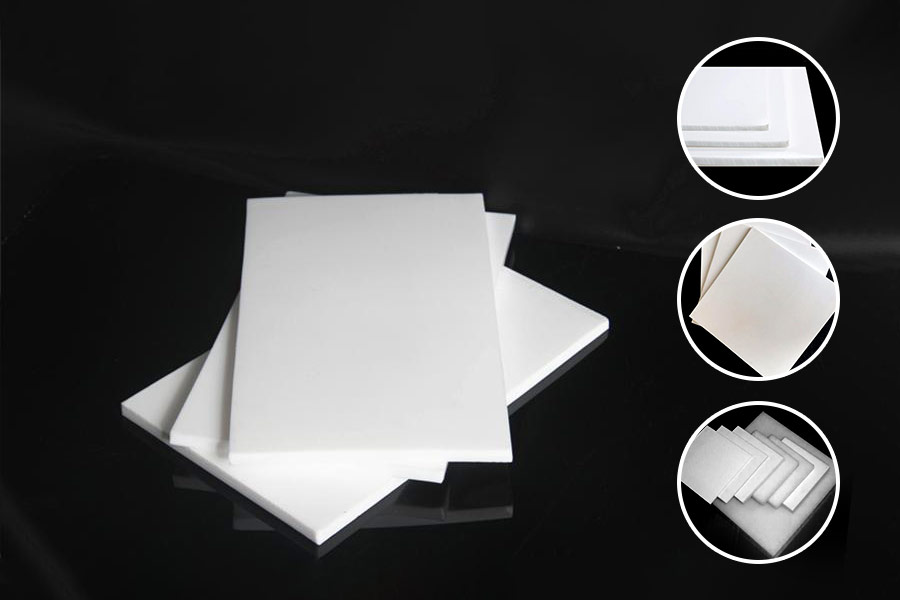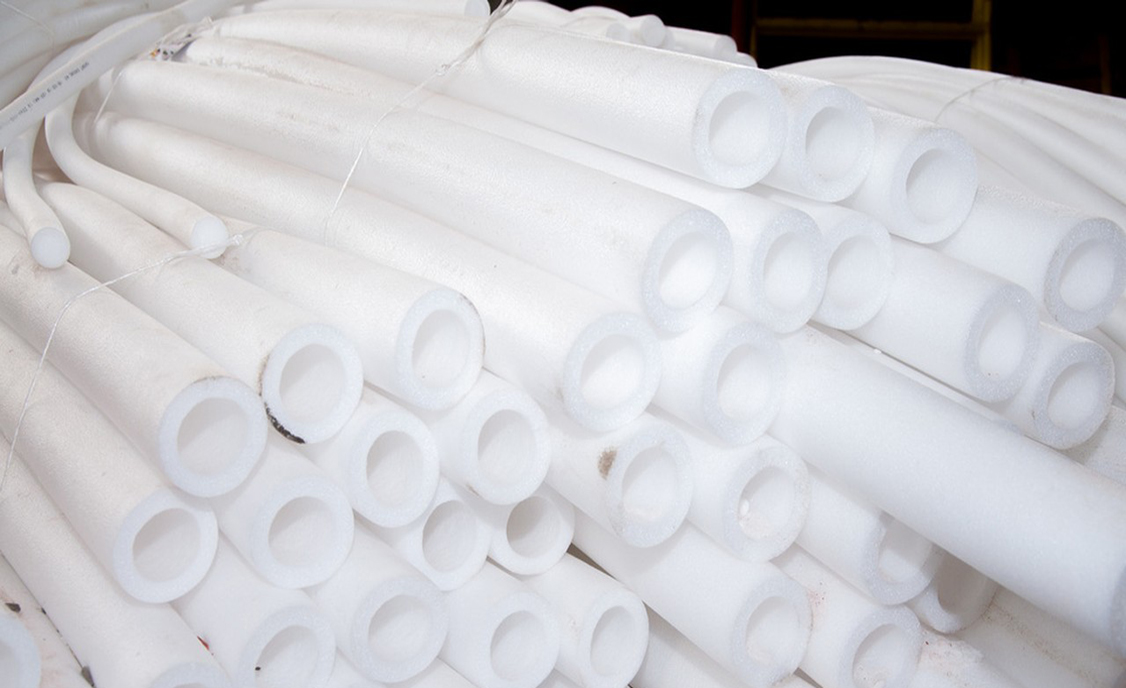PTFE Sodium Treatment - Bonded Teflon Sheet
1.PTFE nanation process introduction:
Polytetrafluoroethylene nanation treatment surface itself is not adhesive, such as want to bond with other substances must need one side and two sides after nana chemical treatment, and rubber, metal, and other substances bond, in special use, make up for the non-adhesive properties of polytetrafluoroethylene products.
Because the carbon-carbon bond in the polytetrafluoroethylene (F4) molecule is tightly surrounded by the fluorine atoms in the outer layer, it has high stability and non-viscosity, and the general pressure sensitive adhesive can not be used for F4 products for large area and high strength bonding. The F4 surface is treated with sodium naphthalene to increase its polarity and surface tension, resulting in an activated F4 surface that is able to bond with metals, nonmetals and other plastics.
PTFE nanation application: high temperature adhesive tape,PTFE coated copper plate, mouse friction pad. Bridge expansion slider, stadium moving roof slider. Produce all kinds of polytetrafluoroethylene (special-shaped. Molded parts) polytetrafluoroethylene molded plate. Turning board. Tube. Rod. Film. Gasket. Seal, etc.!
The filled Teflon plastic has good wear resistance and cold flow resistance, but the surface tension of the material is low, it is difficult to use directly, and surface pretreatment must be carried out. In many treatment methods, sodium naphthalene treatment of polytetrafluoroethylene has outstanding advantages:
- High bonding strength (with DG-3S bonding agent)
- The treatment agent only corrodes the surface of fluoroplastic (the depth is several μm), and does not affect the mechanical properties of the internal material.
- The guide rail veneer can be embedded with metal particles entering the boundary to protect the guide rail from strain and friction.
- The wear resistance of the guide rail surface is good, which ensures the accuracy of the machine tool and extends the service life of the machine tool.
- The bonding process is simple, the bonding strength is high and the cost is low.
2.Process steps for treating PTFE sheet with sodium treatment solution:Step 1: First of all, the turned polytetrafluoroethylene products, including PTFE sheet or PTFE film with acetone or alcohol cleaning, remove the surface oil and dirt;
Step 2: At room temperature, the clean PTFE products are immersed in the prepared naphthalene sodium treatment solution for 1 to 10 minutes, and then removed;
Step 3: First clean with room temperature water, wash in 90℃ hot water, remove the residues such as NaH and NaOH, wait until the surface of PTFE is dark brown, after treatment, dry or dry in the oven, and then rewind;
Step 4: Pack with black light blocking film for use.






